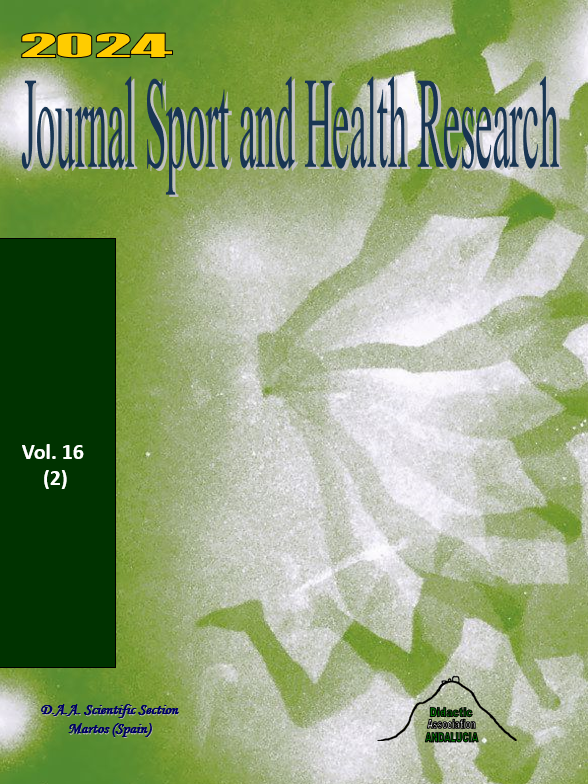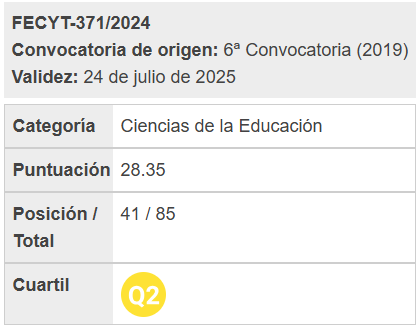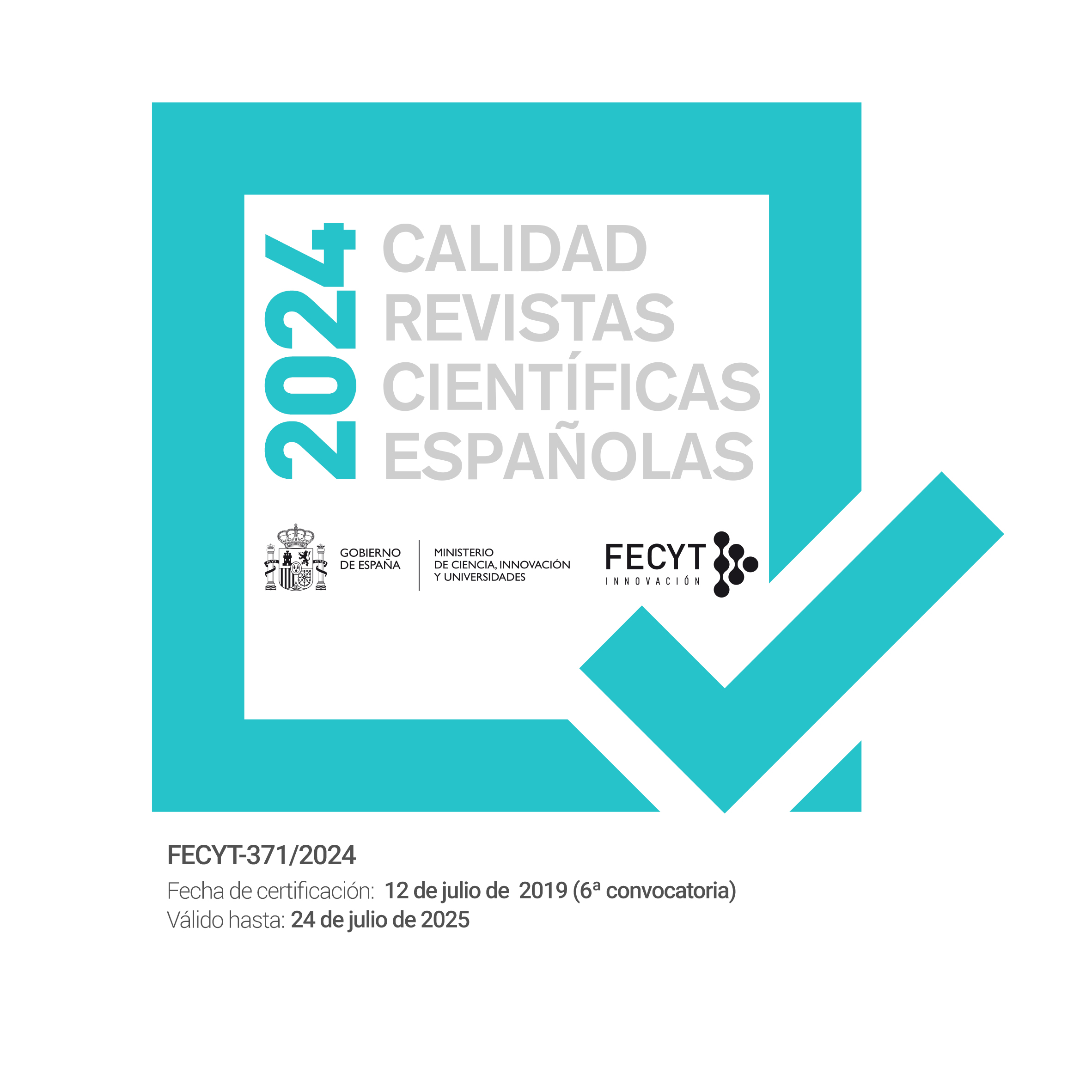Short-term of concurrent training decreases maximum but not average carotid intima-media thickness in hypertensive adults
DOI:
https://doi.org/10.58727/jshr.99663Resumen
Background: Exercise training induces favorable changes in endothelial dysfunction (EDys) and improves hypertension (HTN); however, there is a scarcity of knowledge about short-term concurrent training using high-intensity interval and resistance training (CTHIIT+RT) on both average (cIMTav) and maximum (cIMTmax) carotid intima-media thickness. Aim: To determine the effects of six-weeks of CTHIIT+RT on cIMTav, and cIMTmax in adults with HTN. A secondary aim was to determine the CTHIIT+RT effects on blood pressure and body composition. Methods: We conducted a randomized controlled clinical trial in adults distributed by blood pressure categorization to 6 groups: HTN (CG-HTN, n=10) elevated BP (CG-Ele, n=10), normotensive control group (CG-NT, n=10), exercise HTN (EG-HTN, n=10), elevated BP (EG-Ele, n=10), or to normotensive exercise group (EG-NT, n=10). Participants underwent 6-weeks of 10 min per session of CTHIIT+RT (3·week-1). Before and after training cIMTav, and cIMTmax, systolic/diastolic (SBP/DBP) blood pressure, and body composition outcomes were measured. Results: There were significant decreases from pre to post-test in cIMTmax in EG-HTN (Δ−0,10 cm, p<0,05), and in EG-Ele group (Δ−0,30 cm, p<0,0001). Other significant modifications included reductions of SBP in EG-HTN (Δ−19 mmHg), EG-Ele (Δ−11 mmHg), and EG-NT group (Δ−8 mmHg, all p<0,0001); DBP in EG-HTN (Δ−9 mmHg), EG-Ele (Δ−8 mmHg, both p<0,0001), and EG-NT group (Δ−4 mmHg, p<0,05); waist circumference in EG-HTN (Δ−4,3 cm, p<0,001), and EG-Ele groups (Δ−4,0 cm, p<0,05), body fat in % EG-HTN (Δ−1,9 %, p<0,05), and body fat in kg in EG-HTN group (Δ−7,0 kg, p<0,05). Conclusion: Six weeks of CTHIIT+RT decreased cIMTmax but not cIMTav in HTN adults. These results were displayed with additional SBP/DBP remission in the hypertensive participants, accompanied of reductions of body fat.
Descargas
Publicado
Número
Sección
Licencia
Derechos de autor 2024 Cristian Alvarez, L. Peñailillo, C. Miranda, A. Reyes, C. Campos-Jara, H. Márquez, J. Vásquez-Gómez, O. Andrade-Mayorga, J. Cano-Montoya

Esta obra está bajo una licencia internacional Creative Commons Atribución-NoComercial-CompartirIgual 4.0.





